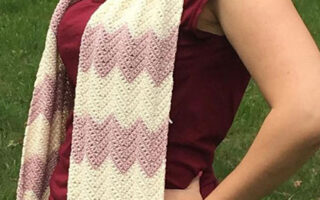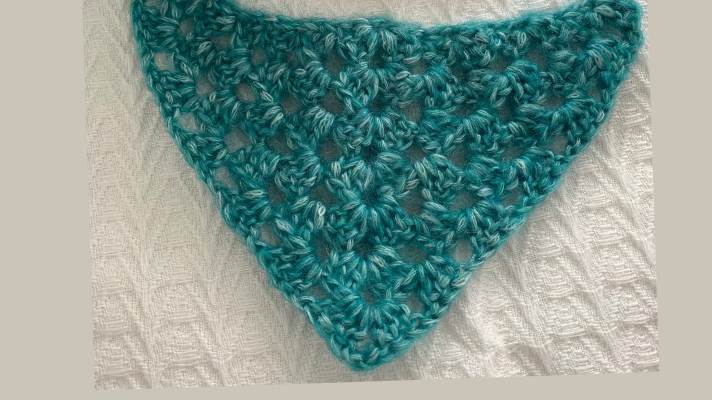The treble crochet is a tall stitch that is great for pieces that require drape or adding texture to a project. If you mastered the double crochet, you already have the know how for this stitch. The treble crochet (tr in patterns) is rather fun to hook up–at least I think so–and I sometimes use it to create the perfect shell tippy point of a shawl project.
Let’s get started!
Begin by chaining a length of any number, plus four. I chained 17+4, so 21. Now, yarn over twice (Figure 1).
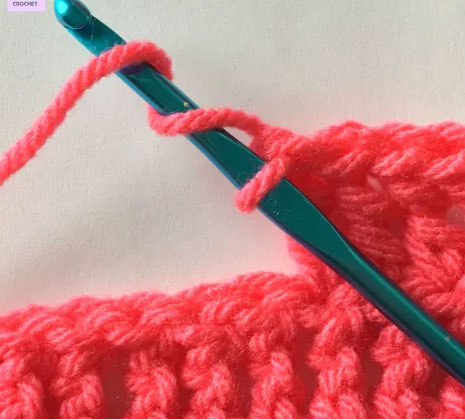
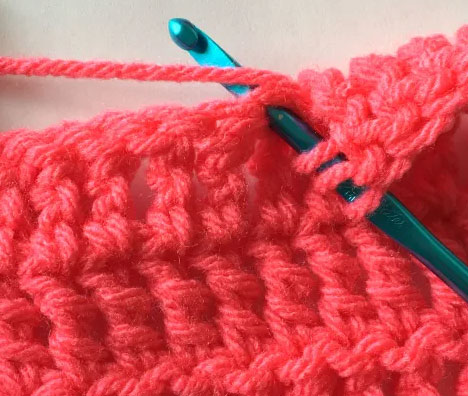

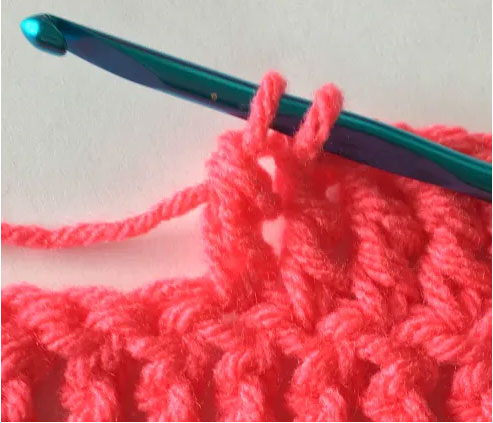
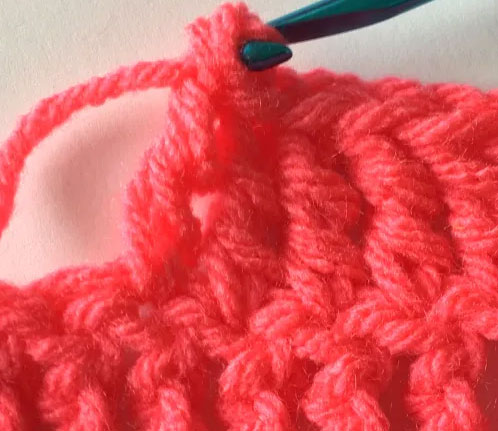
- Insert your hook in the fourth chain from your hook, and yarn over (Figure 2) and pull up a loop. You have four loops on your hook (Figure 3).
- Yarn over and pull through the first two loops. Three loops are left on your hook (Figure 4).
- Yarn over again and pull through first two loops. Two loops are left on your hook (Figure 5).
- Yarn over and pull through the two loops (Figure 6).
Viola! It really is that simple to crochet a treble crochet. Keep practicing this till the end of your row. Chain 4 for your turning chain and then insert your crochet hook into the first stitch and keep treble crocheting for practice. It really is a fun stitch, isn’t it?
Treble Crochet, Food for Thought
- The stitch is tall, and thus might feel “holey” to some but creates a lovely drape effect.
- If you don’t like that open effect created by the treble crochet, try going down a a hook size so that you maintain the drape effect, but have a more closely woven piece.
- Treble crochets combined with other stitches create lovely texture, so play around.
- If you think the treble crochet is tall, you’ll be surprised to know there are even taller stitches!
The treble crochet is the last stitch in this this Beginner Basics series. Once you can crochet these stitches, the other crochet stitches, like the linen stitch or lemon stitch are simply a combination of the basic stitches. Combining different stitches creates different effects in the look of your fabric and there are a lot of ways to do this, and more stitch patterns out there than you can shake a stick at. If you want to learn some of them, I have several tutorials and am always creating more so poke around on the blog all you like.
